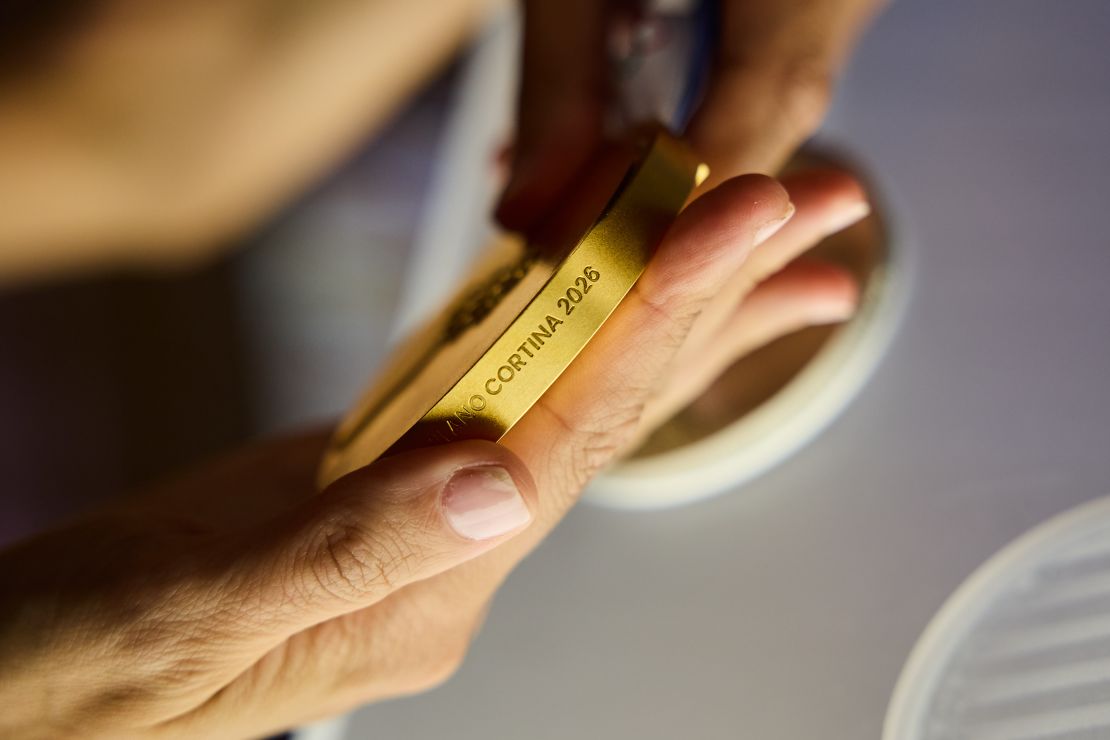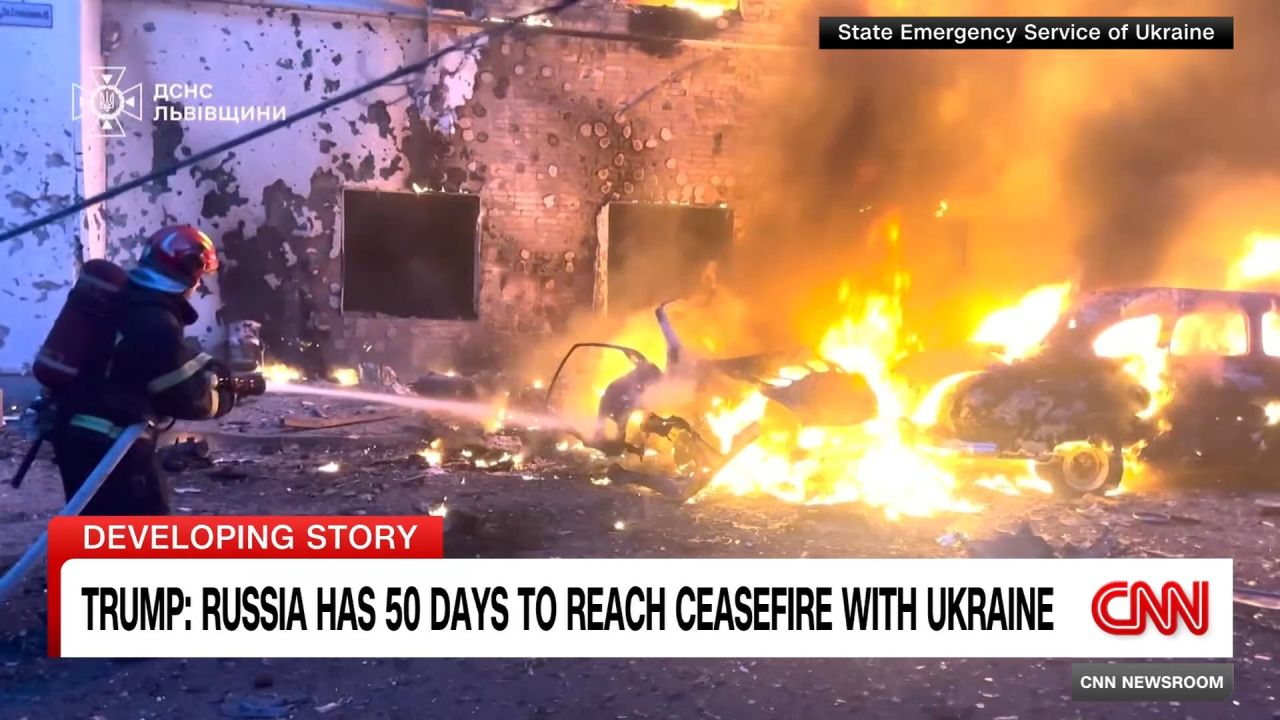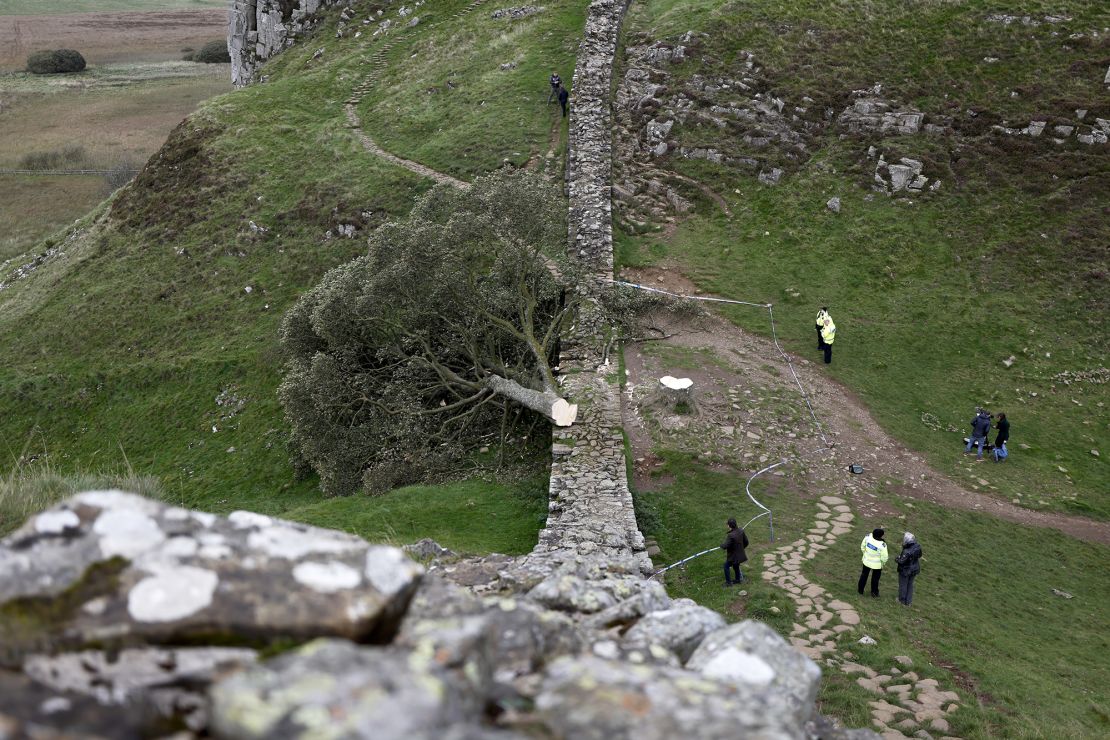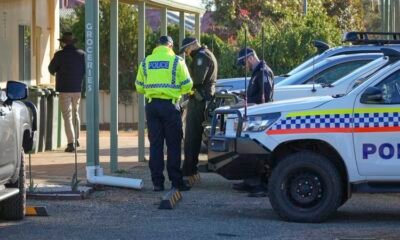CNN
—
Russian forces have recaptured Sudzha, the largest town that Ukraine once occupied in the Kursk region, according to Moscow, threatening Kyiv’s sole territorial bargaining chip amid pressure to negotiate an end to the war.
“In the course of the offensive operations, units of the North military group liberated the settlements of Melovoy, Podol and Sudzha,” the Russian defense ministry said Thursday.
The US-based conflict monitor the Institute for the Study of War (ISW) also said footage from the ground indicated that Russian forces had seized Sudzha and advanced to southern Zaoleshenka, a settlement just northwest of the town.
Its recapture would represent a major symbolic victory for Russia. Although Sudzha is a small place, with a population of about 5,000 people before Ukraine’s incursion, it was one of the only key towns still held by Ukraine.
It comes as US special envoy Steve Witkoff arrived in Moscow Thursday, a source familiar with the situation told CNN. Witkoff is expected to brief Russian officials on the US proposal for a 30-day ceasefire covering the entire frontline, which Ukraine has already accepted.
Speaking on the regular call with reporters Thursday, Kremlin spokesperson Dmitry Peskov expressed confidence that all parts of the Kursk region held by Ukraine will soon be liberated.
“President (Vladimir Putin) said that this needs to be done as quickly as possible. (It will take) as much time as is necessary to save the maximum number of lives of our military and civilians. But there is no doubt that the Kursk region will be liberated fairly soon,” Peskov said asked how long it might take to push the Ukrainian Armed Forces from the area.
Putin made a surprise visit to the Kursk region on Wednesday. Wearing military uniform in video broadcast by Russian state television, the Russian president told frontline troops that Moscow’s goal is to “completely liberate” Kursk as soon as possible, during his first trip to the western region since Ukraine’s unexpected incursion there last year.
The carefully choreographed visit appeared designed to boost morale as Russian forces advance on the final remnants of Ukraine’s holdouts inside Russia.
Putin delivered a speech to soldiers, in which he urged them to oust the remaining Ukrainian forces in the region and raised the possibility of creating a “buffer zone” along Russia’s border with Ukraine.

Ukrainian soldiers captured in Kursk should be treated as “terrorists,” Putin added.
Ukraine launched its shock incursion into Kursk in August, swiftly capturing territory in what was the first ground invasion of Russia by a foreign power since World War II. As well as capturing land that could potentially be swapped for Russian-occupied territory, the campaign aimed to divert Moscow’s resources from the frontlines in Ukraine’s east.
But Kyiv has struggled to hold onto its captured territory, with its grip on the region rapidly deteriorating in recent days.
On Wednesday, Ukraine’s top general Oleksandr Syrskyi hinted at further tactical retreats to “more favorable positions,” saying his priority was to “save the lives of Ukrainian soldiers.” Russia had carried out airstrikes on its own land, including the town of Sudzha, which was “almost completely destroyed,” Syrskyi added.
Ukrainian President Volodymyr Zelensky also told reporters on Wednesday: “The Russians are clearly trying to put maximum pressure on our troops. The military command is doing what it has to do, saving as many lives as possible.”
Russia’s top general Valery Gerasimov claimed Wednesday that Russian forces had recaptured more than 86% of the area taken by Ukraine, that 430 Ukrainian soldiers had been taken prisoner – and the remaining Ukrainians were surrounded.
CNN’s Ivana Kottasová and Jennifer Hansler contributed to this report.
This story has been updated with additional developments.






























